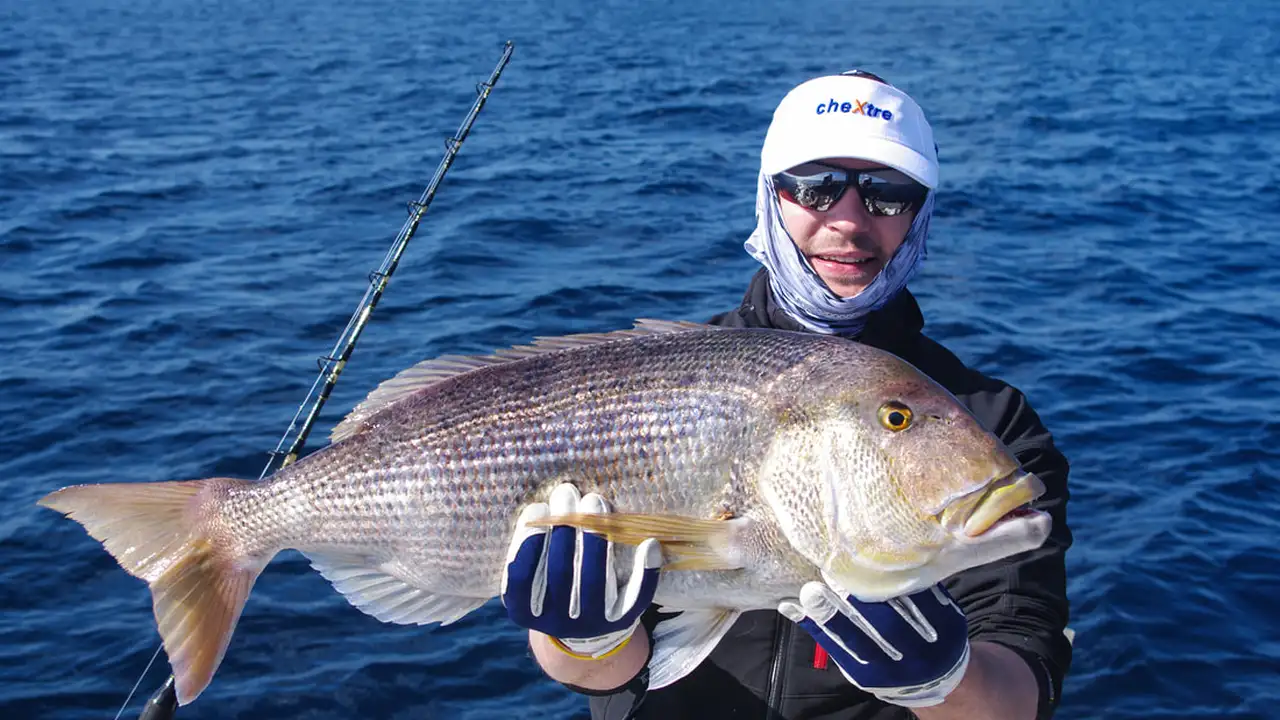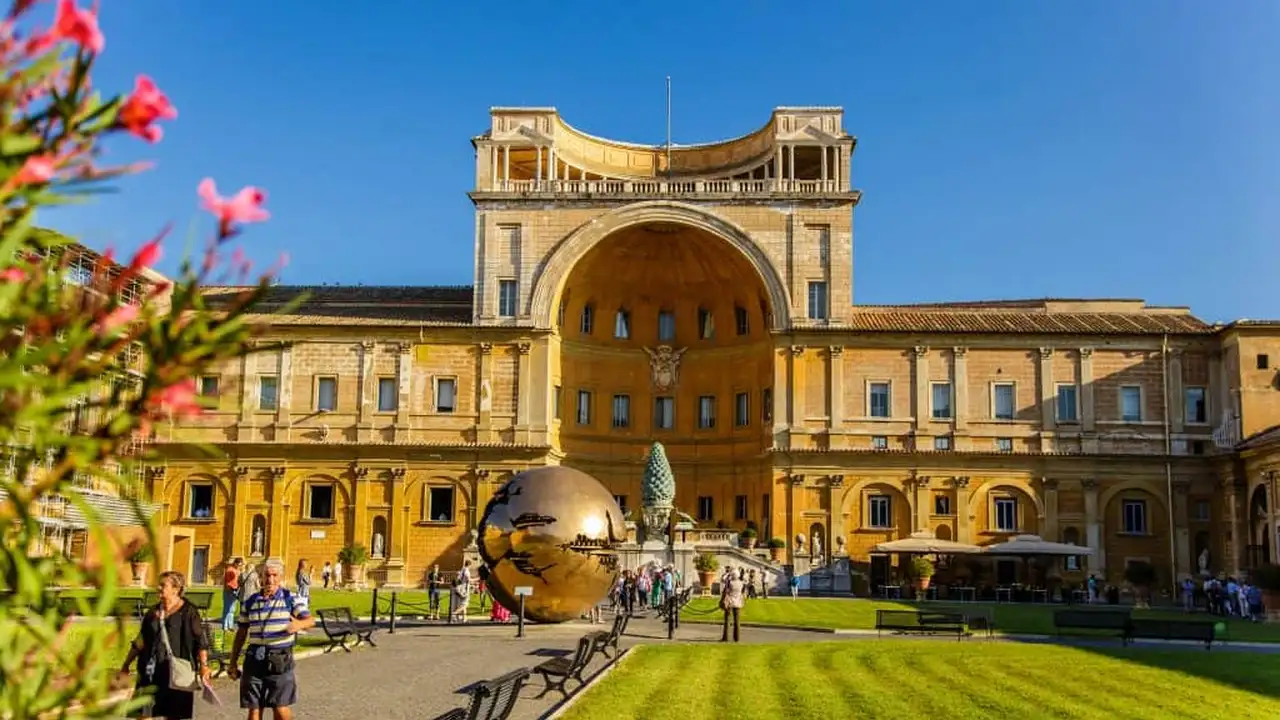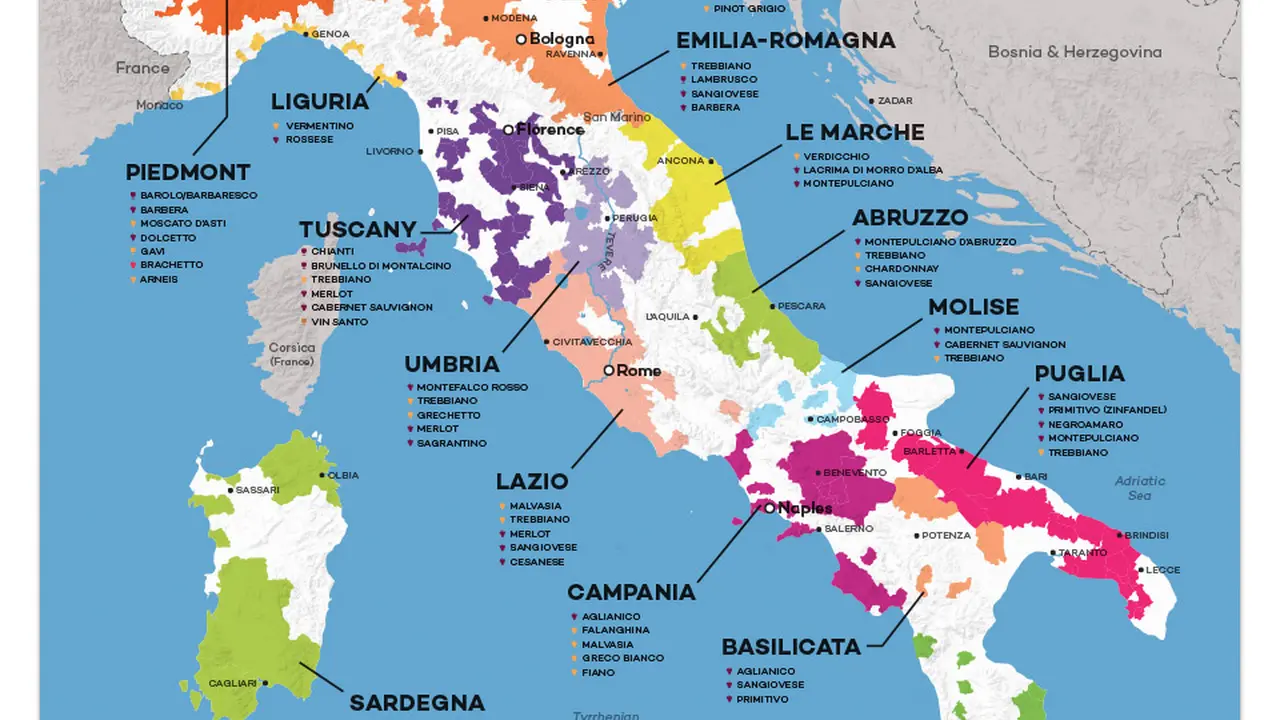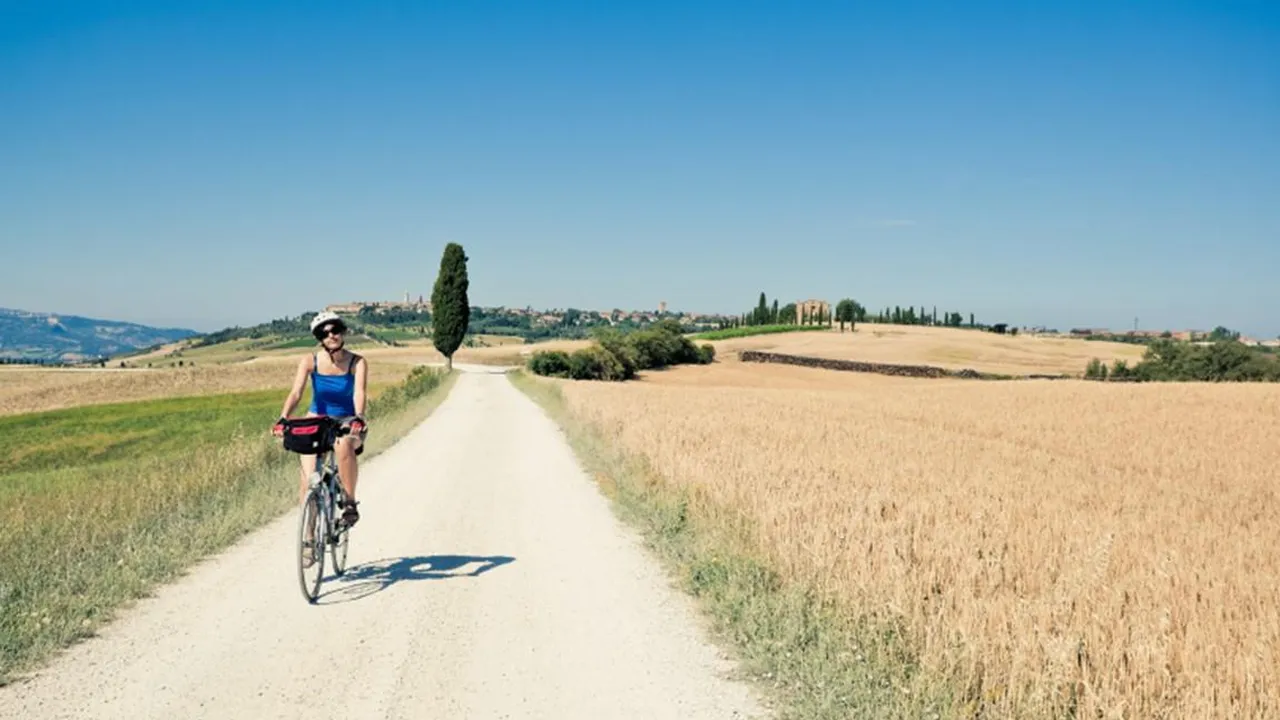Best Time to Visit Italy: A Month-by-Month Guide
Discover the best time to visit Italy based on weather, crowds, and events. This month-by-month guide helps you plan the perfect trip. From summer festivals to winter ski slopes, find your ideal season.
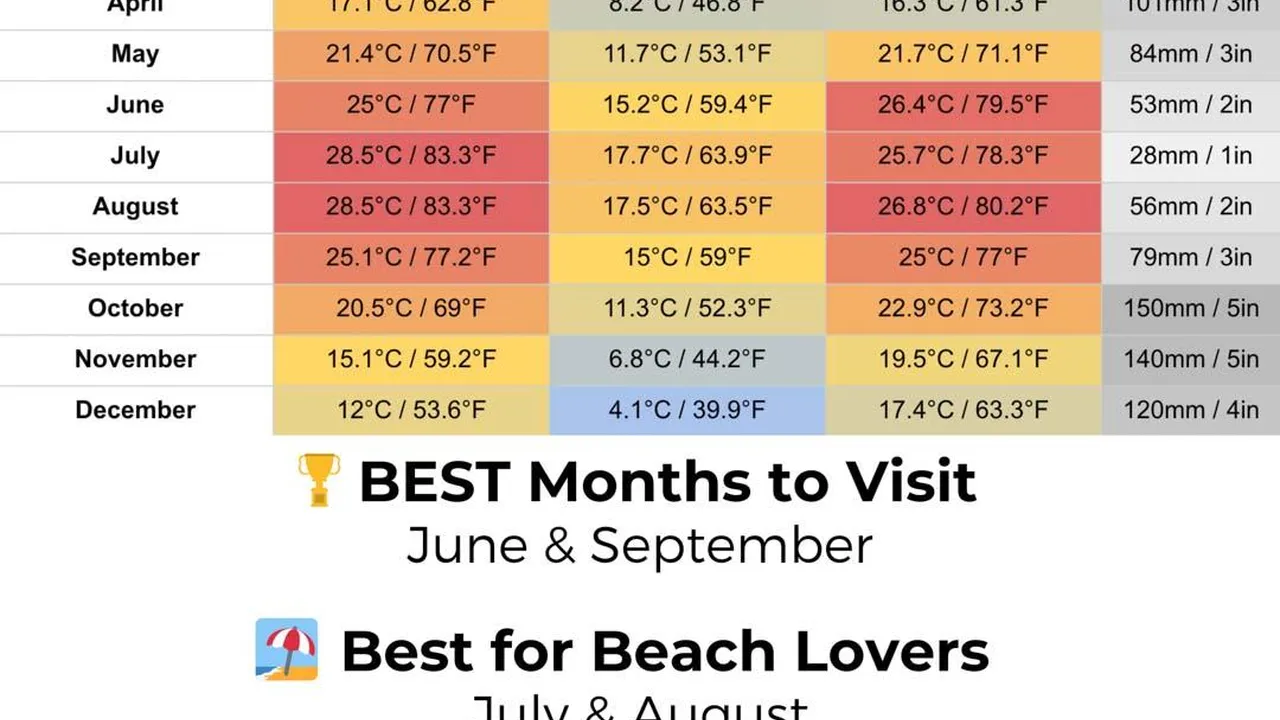
Italy Weather Overview Planning Your Trip Around the Seasons
Okay, so you're dreaming of Italy. Sun-drenched beaches? Rolling Tuscan hills? Ancient Roman ruins? Awesome! But when's the *best* time to go? Italy’s got it all, but the weather varies a ton from north to south. Understanding the seasons is key to planning an epic trip.
Generally, the peak season is summer (June-August). Expect scorching heat, especially in cities like Rome and Florence, and tons of tourists. Spring (April-May) and fall (September-October) are shoulder seasons – milder weather, fewer crowds, and often better prices. Winter (November-March) can be chilly, especially in the north, but it's also the least crowded and offers unique experiences like skiing in the Alps.
January in Italy Winter Charm and City Escapes
January is Italy's coldest month, but don't let that deter you! The north experiences freezing temperatures and snow, perfect for skiing in the Dolomites or the Alps. Cities like Milan and Venice are quieter, offering a more authentic experience. In the south, temperatures are milder, making it a good time to explore Sicily or Naples without the summer heat.
What to Expect: Cold temperatures, potential snow in the north, fewer crowds, lower prices.
Things to Do: Skiing, winter festivals, exploring museums and historical sites, enjoying cozy cafes.
Product Recommendation: A warm, waterproof winter coat like the Columbia Women's Lay D Down II Jacket (around $200). It's stylish, functional, and will keep you warm and dry in the Italian winter. It's great for city exploration or hitting the slopes. Alternatives include the North Face Arctic Parka (more expensive, around $300) which is heavier and warmer, and the Patagonia Down Sweater (lighter, around $230) for milder southern climates. Consider layering underneath for added warmth.
February in Italy Carnival Season and Romantic Getaways
February brings Carnival season to Italy, with elaborate parades and celebrations, especially in Venice and Viareggio. It's still winter, so expect cold temperatures, but the festive atmosphere makes it a fun time to visit. Consider a romantic getaway to Verona for Valentine's Day.
What to Expect: Cold temperatures, Carnival celebrations, romantic atmosphere.
Things to Do: Attending Carnival parades, visiting Verona for Valentine's Day, skiing, exploring museums.
Product Recommendation: A stylish scarf like the Faliero Sarti modal and cashmere scarf (around $150). It's lightweight but warm and adds a touch of Italian flair to your outfit. It’s perfect for layering and keeping warm during Carnival celebrations. Alternatives include a cheaper wool scarf from Amazon Essentials (around $20) or a luxurious silk scarf from Gucci (much more expensive, around $400). The key is finding a scarf that complements your winter wardrobe and keeps you warm.
March in Italy Spring Awakening and Cultural Exploration
March marks the beginning of spring in Italy. Temperatures start to rise, and flowers begin to bloom. It's a great time to explore cultural sites like Rome and Florence without the summer crowds. However, be prepared for occasional rain.
What to Expect: Mild temperatures, occasional rain, blooming flowers, fewer crowds.
Things to Do: Visiting cultural sites, exploring gardens, attending Easter celebrations (if applicable).
Product Recommendation: A comfortable pair of walking shoes like the Allbirds Wool Runners (around $100). They're lightweight, breathable, and perfect for exploring cities on foot. They're especially good for walking on cobblestone streets. Alternatives include the Brooks Adrenaline GTS (more supportive, around $130) and the Adidas Ultraboost (more cushioned, around $180). Choose based on your foot type and walking needs.
April in Italy Blooming Beauty and Outdoor Adventures
April is a fantastic time to visit Italy. The weather is mild and sunny, perfect for outdoor activities like hiking in the Cinque Terre or exploring the Tuscan countryside. Easter celebrations can also be a highlight.
What to Expect: Mild and sunny weather, blooming flowers, outdoor activities, Easter celebrations.
Things to Do: Hiking, exploring the countryside, visiting gardens, attending Easter celebrations.
Product Recommendation: A lightweight backpack like the Osprey Talon 22 (around $120). It's perfect for day hikes and carrying essentials like water, snacks, and a light jacket. It’s durable and comfortable for longer walks. Alternatives include the CamelBak Mule (with a built-in water reservoir, around $100) and the North Face Borealis (more storage, around $100). Consider the amount of gear you'll be carrying when choosing a backpack.
May in Italy Ideal Weather and Festival Fun
May is arguably one of the best months to visit Italy. The weather is warm and sunny, but not too hot. There are numerous festivals and events taking place throughout the country. This is the sweet spot for avoiding peak season prices and enjoying great weather.
What to Expect: Warm and sunny weather, fewer crowds than summer, numerous festivals.
Things to Do: Exploring cities, relaxing on the beaches, attending festivals, hiking.
Product Recommendation: A versatile sun hat like the Wallaroo Hat Company Women's Victoria Sun Hat (around $50). It provides excellent sun protection and is stylish enough to wear in cities or on the beach. It’s packable and easy to carry. Alternatives include a baseball cap (more casual, around $20) or a wide-brimmed straw hat (more fashionable, around $40). Choose based on your personal style and sun protection needs.
June in Italy Summer Begins and Beach Bliss
June marks the beginning of summer in Italy. Temperatures rise, and the beaches become more crowded. It's a great time to enjoy the coastal regions, but be prepared for higher prices and more tourists.
What to Expect: Hot weather, crowded beaches, higher prices.
Things to Do: Relaxing on the beaches, swimming, water sports, exploring coastal towns.
Product Recommendation: A high-quality sunscreen like La Roche-Posay Anthelios Melt-In Sunscreen Milk (around $35). It provides broad-spectrum protection and is suitable for sensitive skin. It’s essential for protecting your skin from the strong Italian sun. Alternatives include Neutrogena Ultra Sheer Dry-Touch Sunscreen (more affordable, around $10) and Supergoop! Unseen Sunscreen (lightweight and invisible, around $34). Choose based on your skin type and budget.
July in Italy Peak Season Heat and Coastal Crowds
July is the hottest and most crowded month in Italy. Expect scorching temperatures, especially in cities like Rome and Florence. The coastal regions are packed with tourists, and prices are at their highest. If you travel during July, book accommodations and tours well in advance.
What to Expect: Very hot weather, large crowds, high prices.
Things to Do: Relaxing on the beaches (early morning or late afternoon), swimming, visiting air-conditioned museums.
Product Recommendation: A portable fan like the GeekAire Mini Handheld Fan (around $20). It's small, lightweight, and provides instant relief from the heat. It’s essential for staying cool in crowded cities. Alternatives include a neck fan (hands-free, around $30) and a misting fan (provides added cooling, around $25). Choose based on your personal preference and portability needs.
August in Italy Ferragosto and Festive Atmosphere
August is similar to July, with hot weather and large crowds. Many Italians take their summer vacation in August, especially around Ferragosto (August 15th), a national holiday. Expect closures of some businesses and a festive atmosphere.
What to Expect: Very hot weather, large crowds, some business closures around Ferragosto.
Things to Do: Attending Ferragosto celebrations, relaxing on the beaches, visiting air-conditioned museums.
Product Recommendation: A good insect repellent like Sawyer Products Premium Insect Repellent (around $10). Mosquitoes can be a nuisance, especially in the evenings. It’s essential for protecting yourself from bites. Alternatives include DEET-free repellents (for sensitive skin, around $15) and mosquito repellent bracelets (less effective, around $8). Choose based on your skin sensitivity and the level of protection you need.
September in Italy Shoulder Season Charm and Wine Harvests
September is another excellent month to visit Italy. The weather is still warm and sunny, but the crowds have thinned out. It's also the time of the grape harvest, offering opportunities to visit vineyards and participate in wine festivals.
What to Expect: Warm and sunny weather, fewer crowds, wine harvest season.
Things to Do: Visiting vineyards, attending wine festivals, exploring cities, hiking.
Product Recommendation: A wine tote bag like the BUILT NY Insulated Wine Tote (around $30). It's perfect for carrying bottles of wine from vineyards and wine shops. It’s insulated to keep your wine cool. Alternatives include a reusable shopping bag (less protective, around $5) and a wine carrying case (more secure, around $50). Choose based on the number of bottles you need to carry and the level of protection you require.
October in Italy Autumn Colors and Culinary Delights
October brings beautiful autumn colors to Italy, especially in the Tuscan countryside. The weather is mild and pleasant, making it a great time for hiking and exploring. It's also a good time to indulge in Italian cuisine, as many restaurants offer seasonal dishes featuring truffles and mushrooms.
What to Expect: Mild weather, autumn colors, fewer crowds, culinary delights.
Things to Do: Hiking, exploring the countryside, visiting vineyards, indulging in Italian cuisine.
Product Recommendation: A travel umbrella like the Repel Windproof Travel Umbrella (around $25). October can be rainy, so it's essential to have a reliable umbrella. It’s windproof and compact for easy carrying. Alternatives include a rain poncho (more coverage, around $10) and a larger golf umbrella (more protection, around $35). Choose based on your personal preference and the amount of coverage you need.
November in Italy Tranquility and Truffle Season
November is a quieter month in Italy, with fewer tourists and lower prices. The weather can be unpredictable, with occasional rain and cooler temperatures. It's a great time to visit museums and historical sites without the crowds. It's also truffle season, offering opportunities to enjoy truffle-based dishes.
What to Expect: Cool temperatures, occasional rain, fewer crowds, truffle season.
Things to Do: Visiting museums, exploring historical sites, indulging in truffle-based dishes.
Product Recommendation: A comfortable pair of waterproof boots like the Sorel Joan of Arctic Boots (around $200). They're stylish, warm, and waterproof, perfect for exploring cities in wet weather. They provide excellent traction on slippery surfaces. Alternatives include the Blundstone 500 Boots (more rugged, around $200) and the Hunter Original Tall Rain Boots (more classic, around $150). Choose based on your personal style and the level of protection you need.
December in Italy Christmas Markets and Festive Cheer
December is a magical time to visit Italy, with Christmas markets and festive decorations in many cities. The weather can be cold, especially in the north, but the holiday atmosphere makes it a special experience. Consider visiting Rome for Christmas Eve Mass at the Vatican.
What to Expect: Cold temperatures, Christmas markets, festive decorations, holiday atmosphere.
Things to Do: Visiting Christmas markets, attending Christmas Eve Mass, skiing, exploring museums.
Product Recommendation: A portable charger like the Anker PowerCore 10000 (around $25). You'll be taking lots of photos and videos, so it's essential to have a portable charger to keep your devices powered up. It’s small, lightweight, and provides multiple charges. Alternatives include a larger power bank (more capacity, around $40) and a solar charger (eco-friendly, around $30). Choose based on your power needs and charging habits.
:max_bytes(150000):strip_icc()/277019-baked-pork-chops-with-cream-of-mushroom-soup-DDMFS-beauty-4x3-BG-7505-5762b731cf30447d9cbbbbbf387beafa.jpg)



